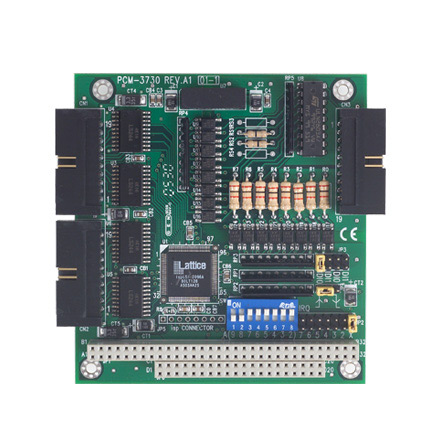

The Fusion of Float Glass An Insight into Modern Manufacturing
Float glass, a term that may seem obscure to the everyday consumer, represents one of the most significant advancements in glass manufacturing technology. This innovative method of production has not only revolutionized the glass industry but also set the stage for a wide range of applications in architecture, automotive, and interior design. At the heart of float glass production lies the unique process of fusing, which ensures the creation of high-quality, uniform glass sheets.
Understanding Float Glass
Float glass is produced by a process that involves melting raw materials, primarily silica sand, soda ash, and limestone, at extremely high temperatures to form molten glass. This molten glass is then allowed to flow on top of a bed of molten tin, creating a smooth and flat surface—a characteristic that distinguishes it from other types of glass. The floating process allows for a consistent thickness and clarity, making it an ideal choice for various applications.
The Fusing Process
Fusing in the context of float glass refers to the heating process that unites separate glass pieces into a single, cohesive unit. This is often achieved through controlled heating, where the glass is raised to a temperature just below its melting point, allowing the pieces to bond without losing their defined shapes. This technique is particularly valuable in decorative glass work, where designers aim to combine different colors, textures, and forms.
Applications of Fused Float Glass

The applications of fused float glass are both diverse and fascinating. In architecture, the use of large, seamless panes of glass not only enhances aesthetic appeal but also improves energy efficiency by allowing natural light to illuminate interior spaces. Buildings adorned with float glass windows and facades benefit from reduced heat loss, leading to lower energy consumption.
In the automotive industry, fused float glass plays a critical role in the manufacturing of windshields and other glass components. The fusion process allows for enhanced structural integrity and resistance to impact, ensuring passenger safety while maintaining visibility. Innovations in this area have also led to the development of tinted and laminated options that reduce glare and protect against UV radiation.
The interior design sector has embraced fused float glass for its versatility. Designers utilize it in furniture, kitchen backsplashes, and decorative partitions. The ability to fuse different colors and patterns opens up a world of creative possibilities, allowing for personalized and bespoke designs that cater to individual tastes.
The Environmental Impact
Beyond its aesthetic and practical applications, the production of float glass through fusing technology is more sustainable compared to traditional methods. The float glass process minimizes waste by utilizing almost all the raw materials, and advancements in technology have led to greater energy efficiency in production. Moreover, glass is infinitely recyclable, which contributes to a more sustainable environment.
Conclusion
The fusion of float glass is a remarkable demonstration of how technology can enhance a traditional craft. As we continue to explore new applications and advancements in glass manufacturing, the potential for innovation seems limitless. From architectural marvels that redefine skylines to intricate designs that transform everyday spaces, fused float glass will undoubtedly continue to play a pivotal role in shaping our built environment. Its journey from raw materials to finished product exemplifies the intersection of art and science, providing a glimpse into the future of design and functionality in our increasingly glass-filled world.